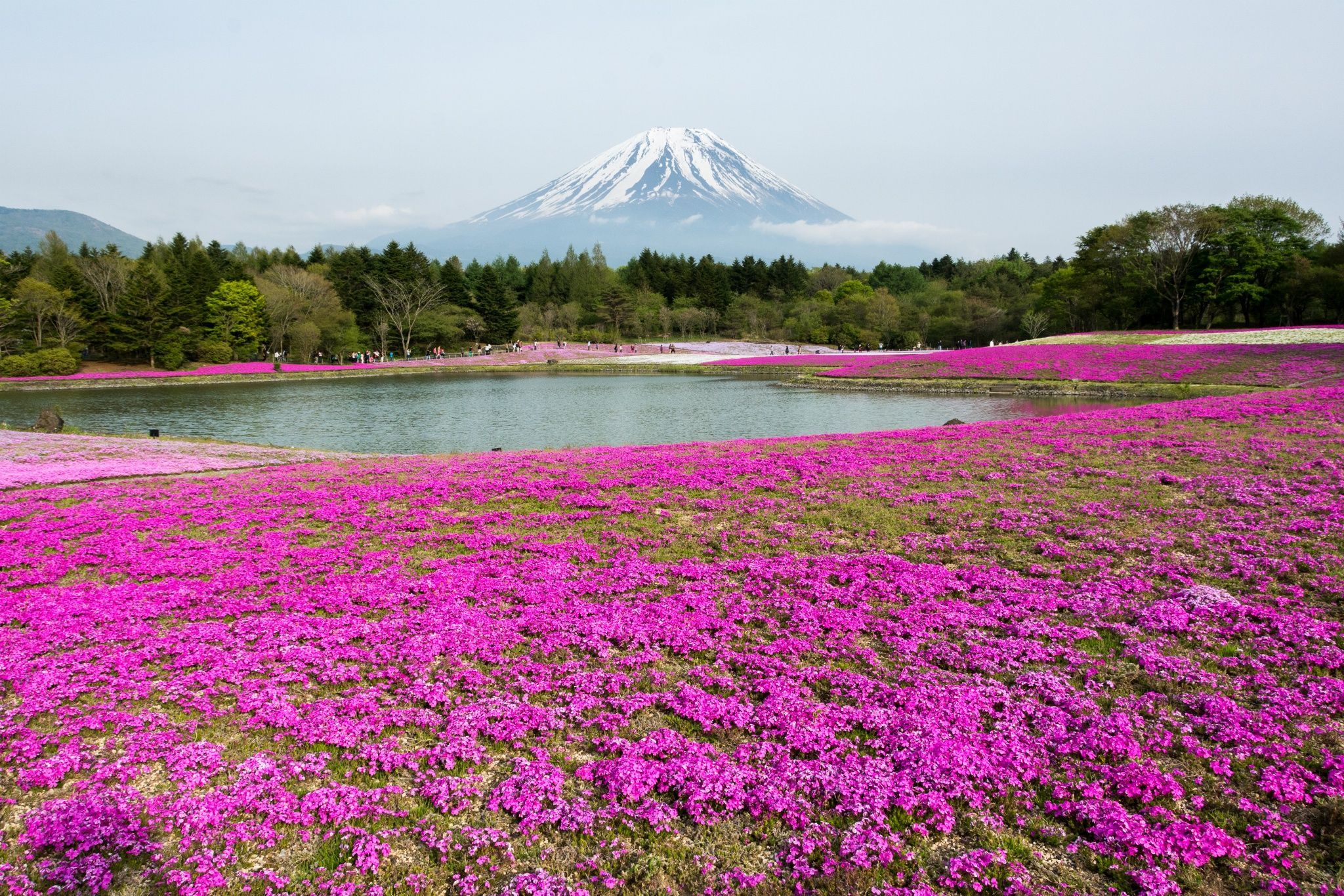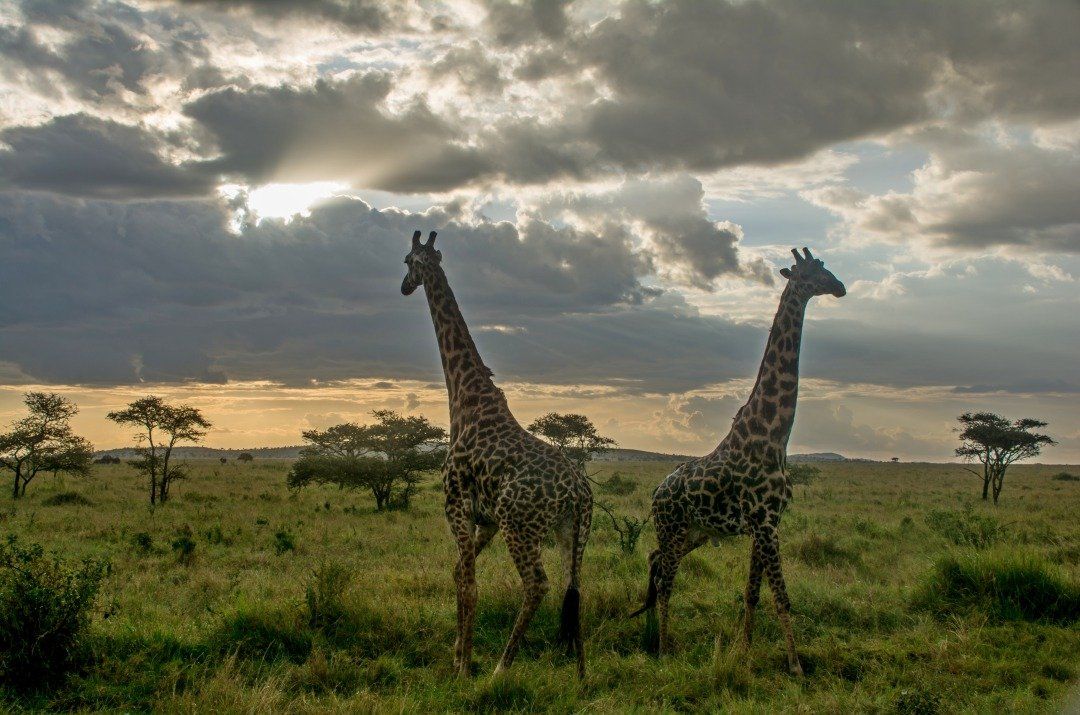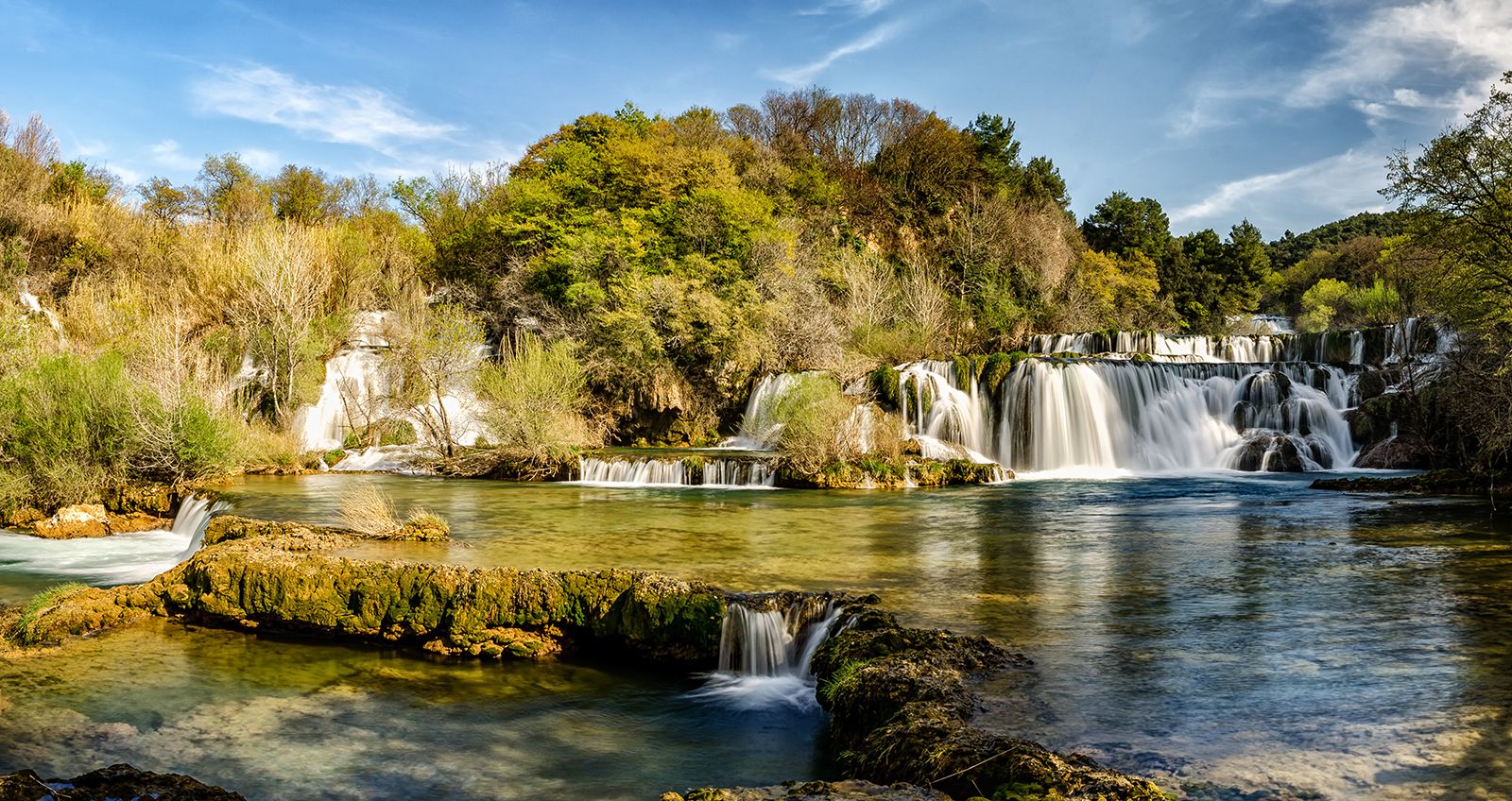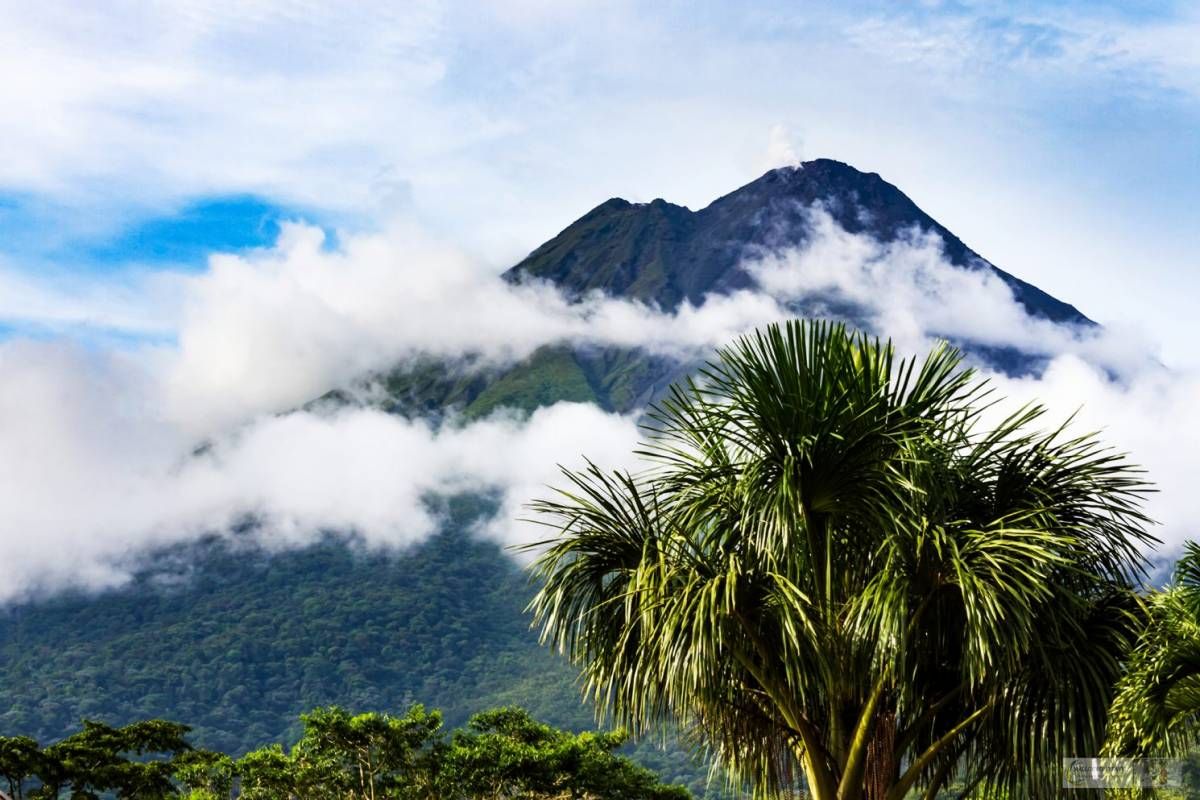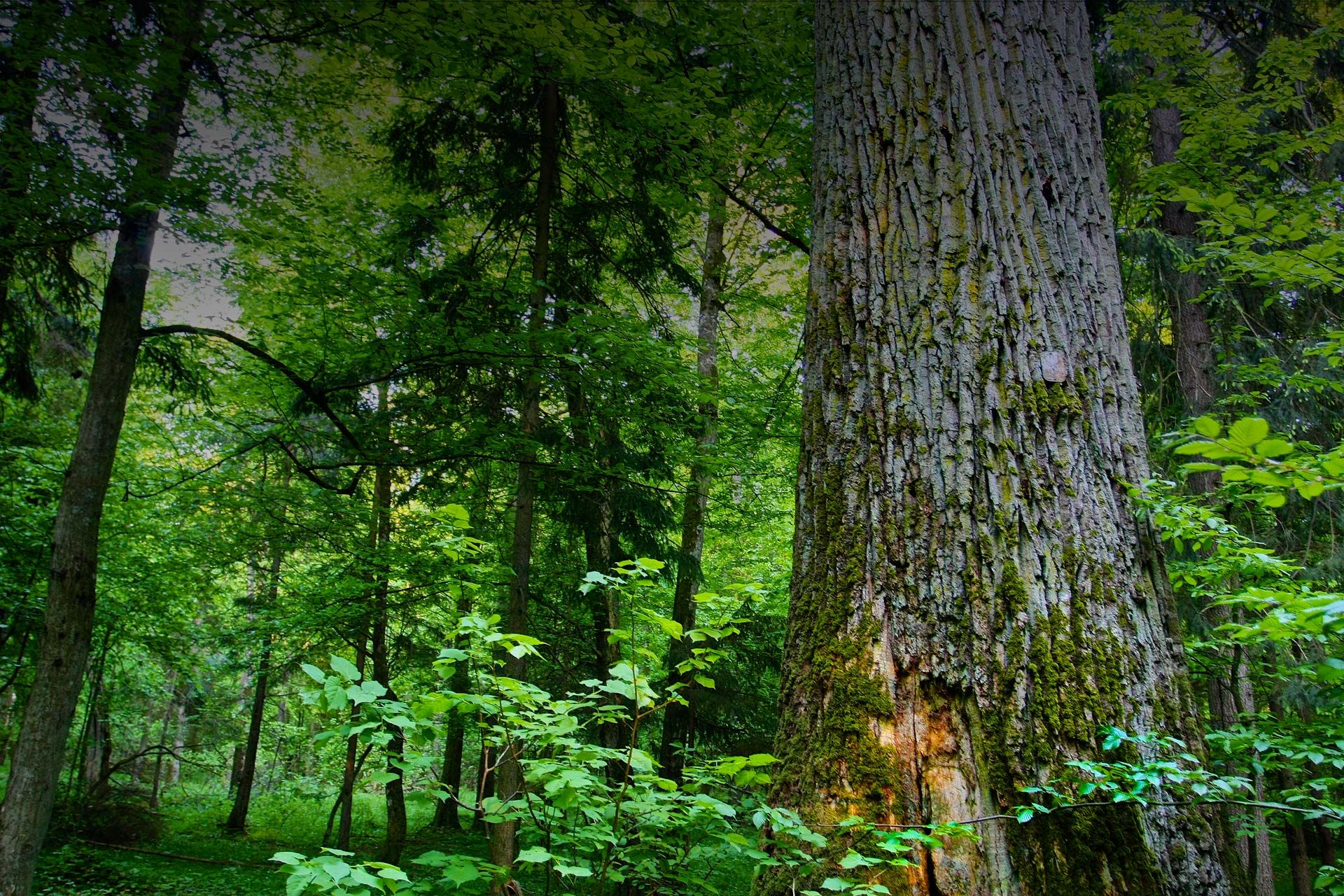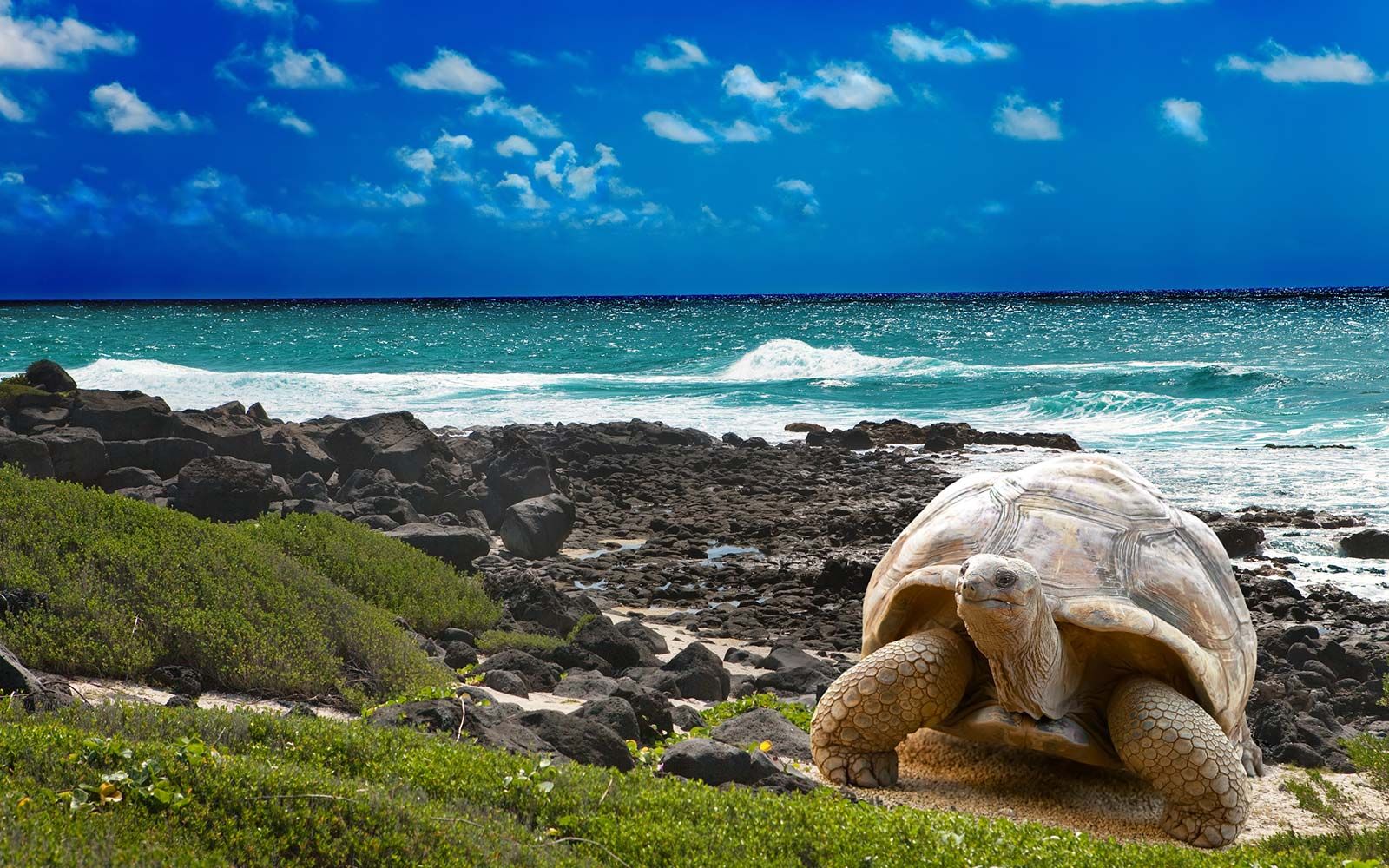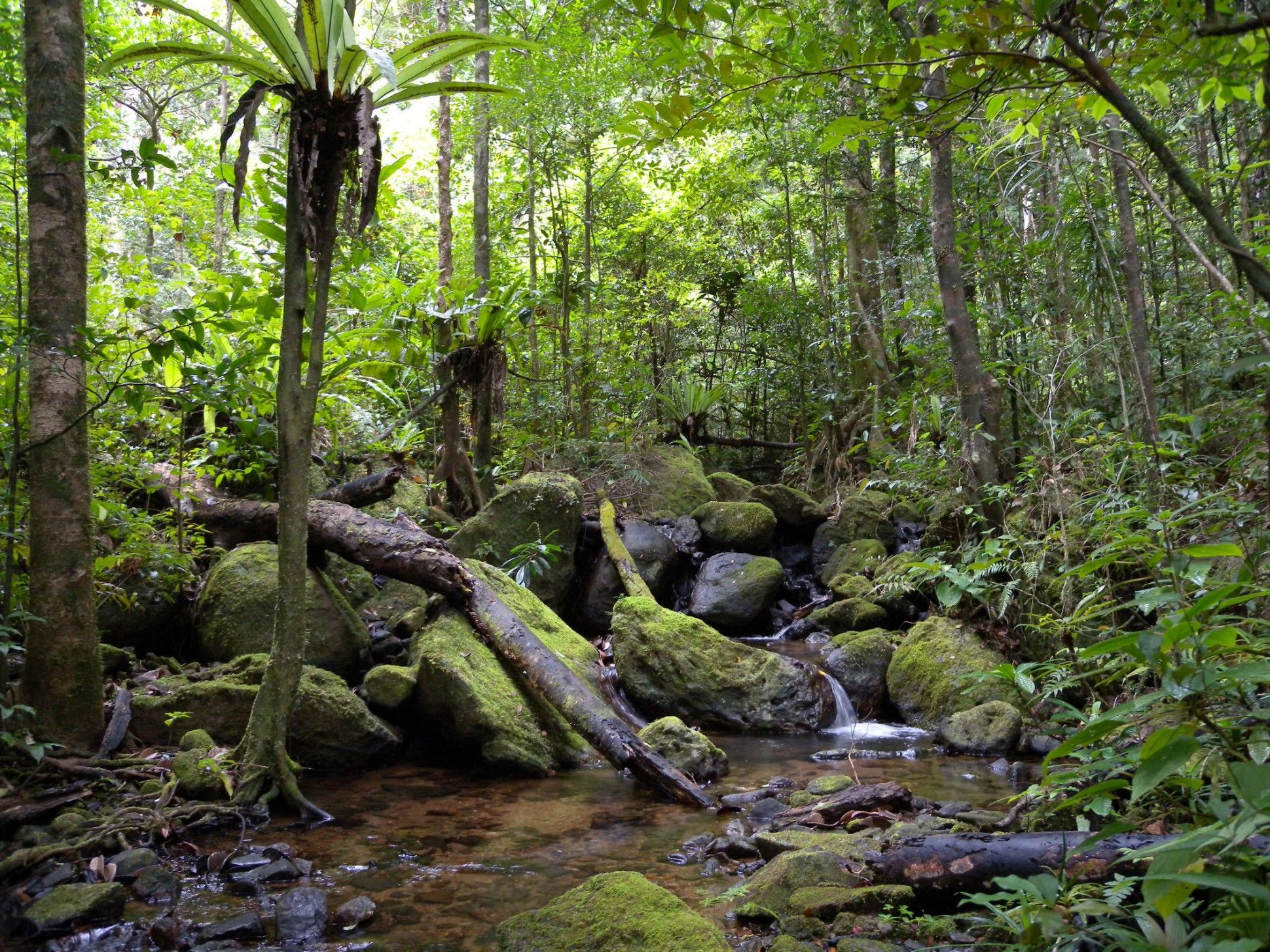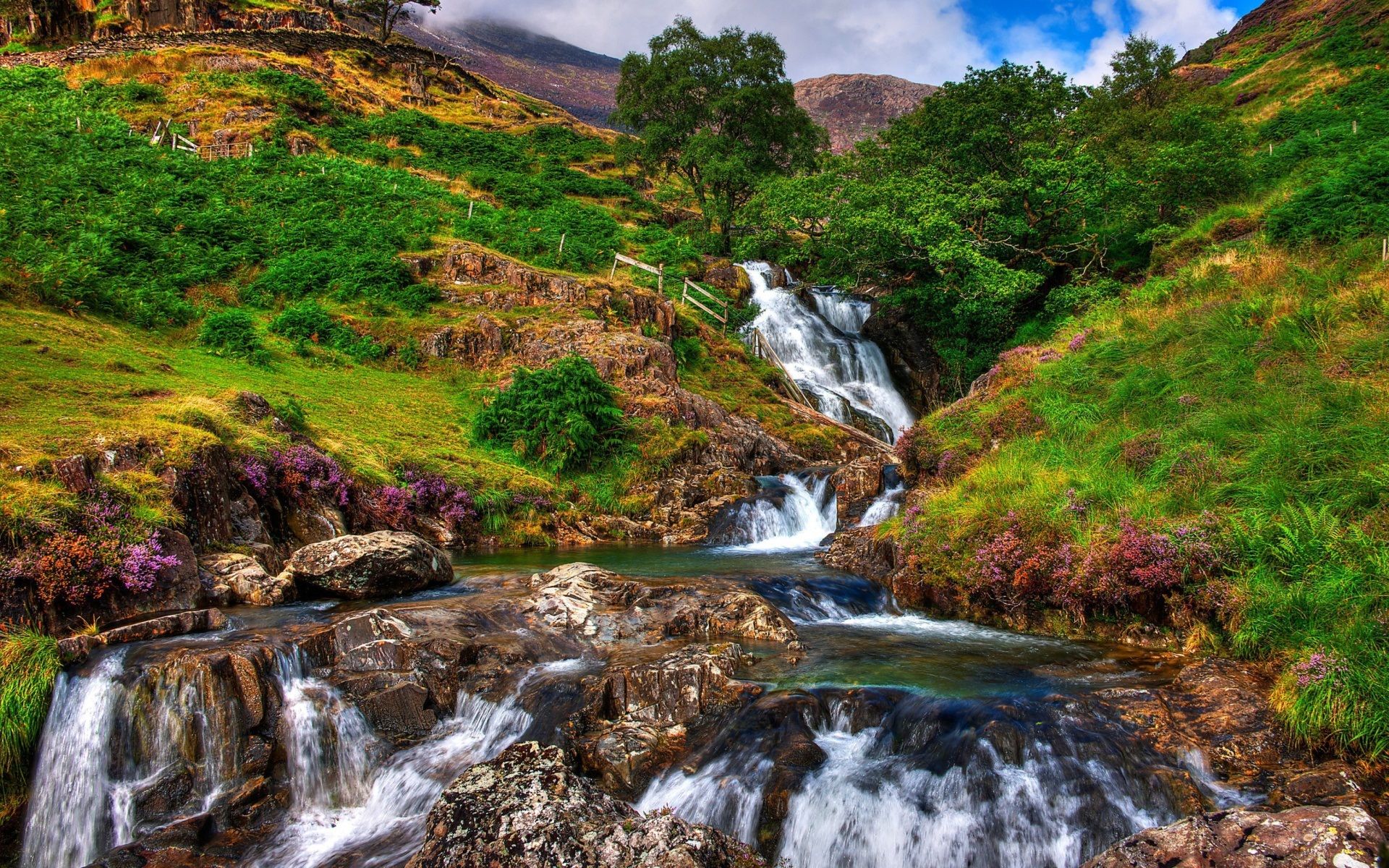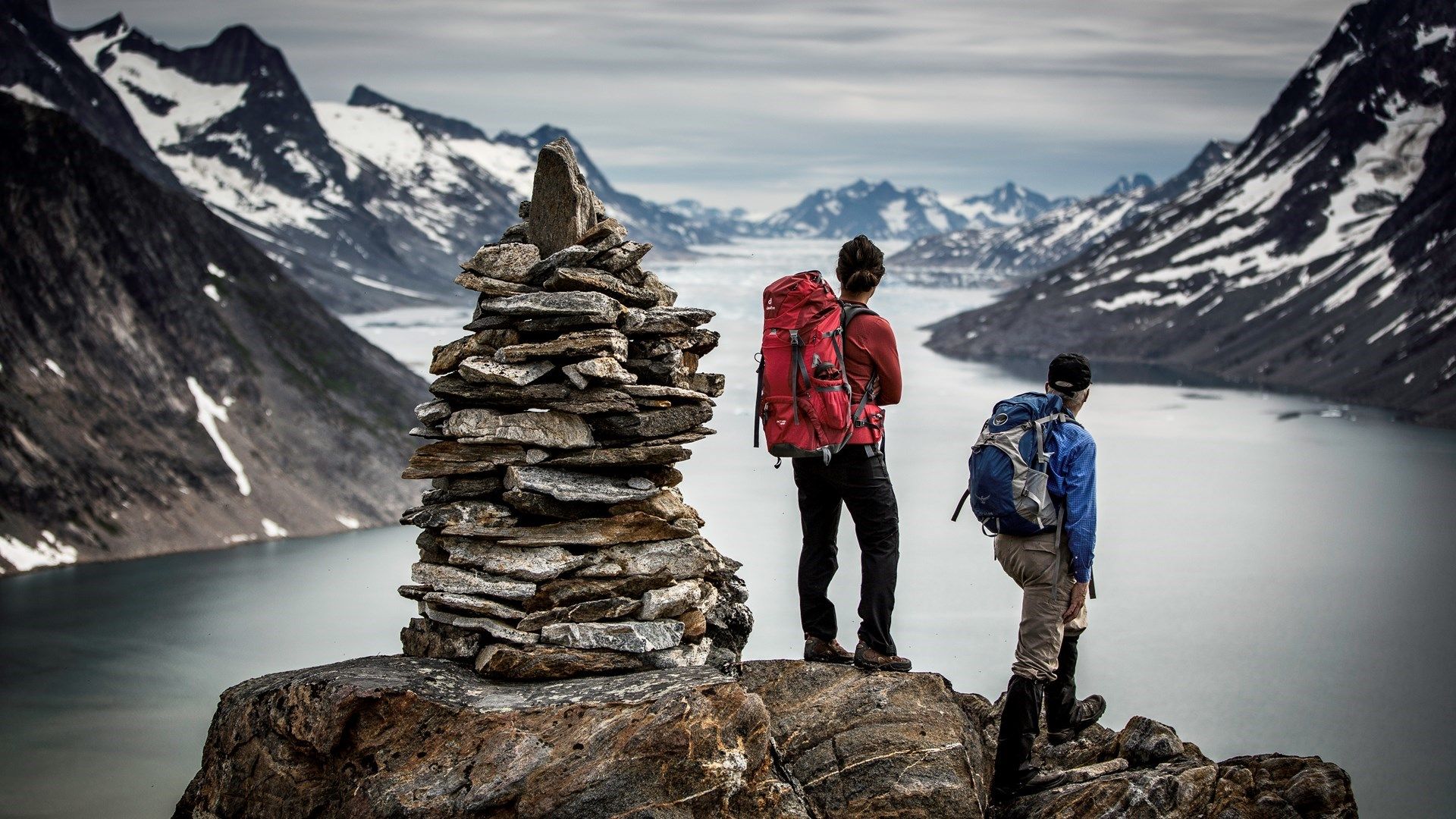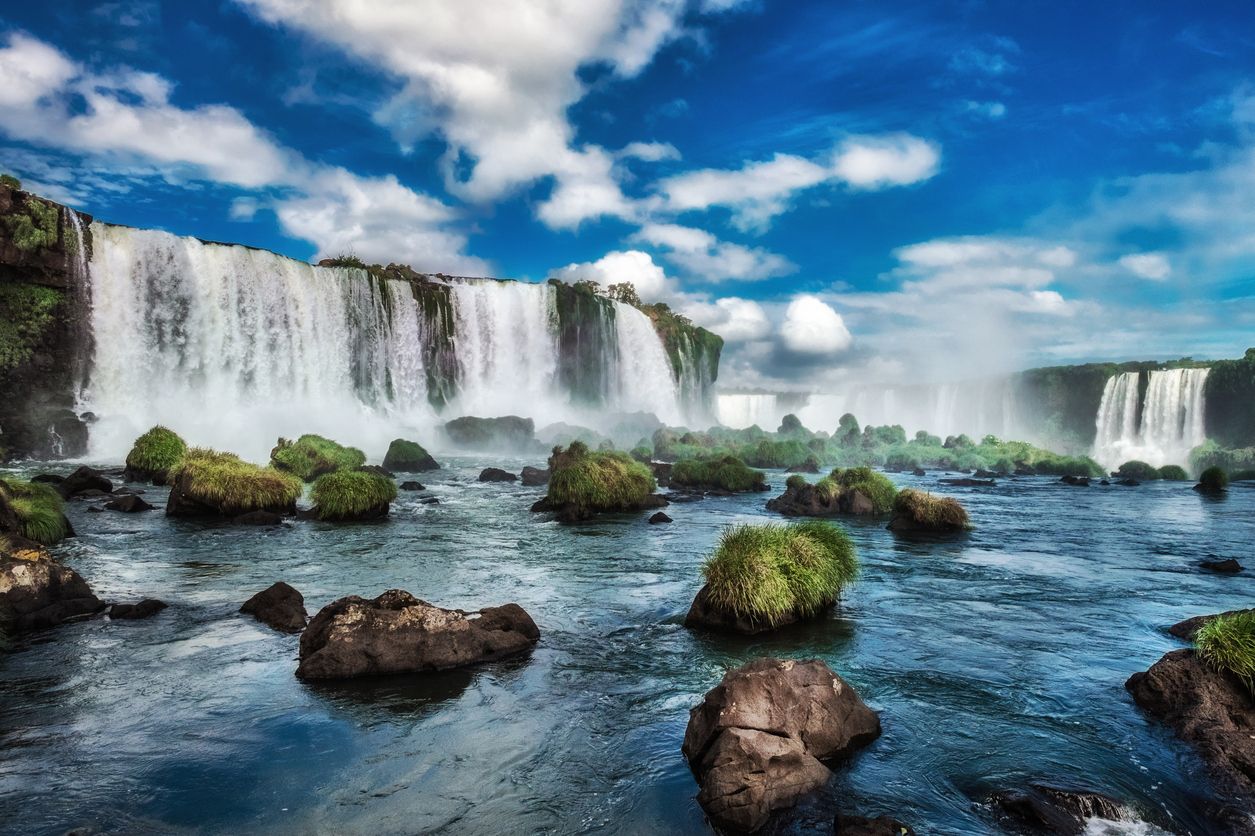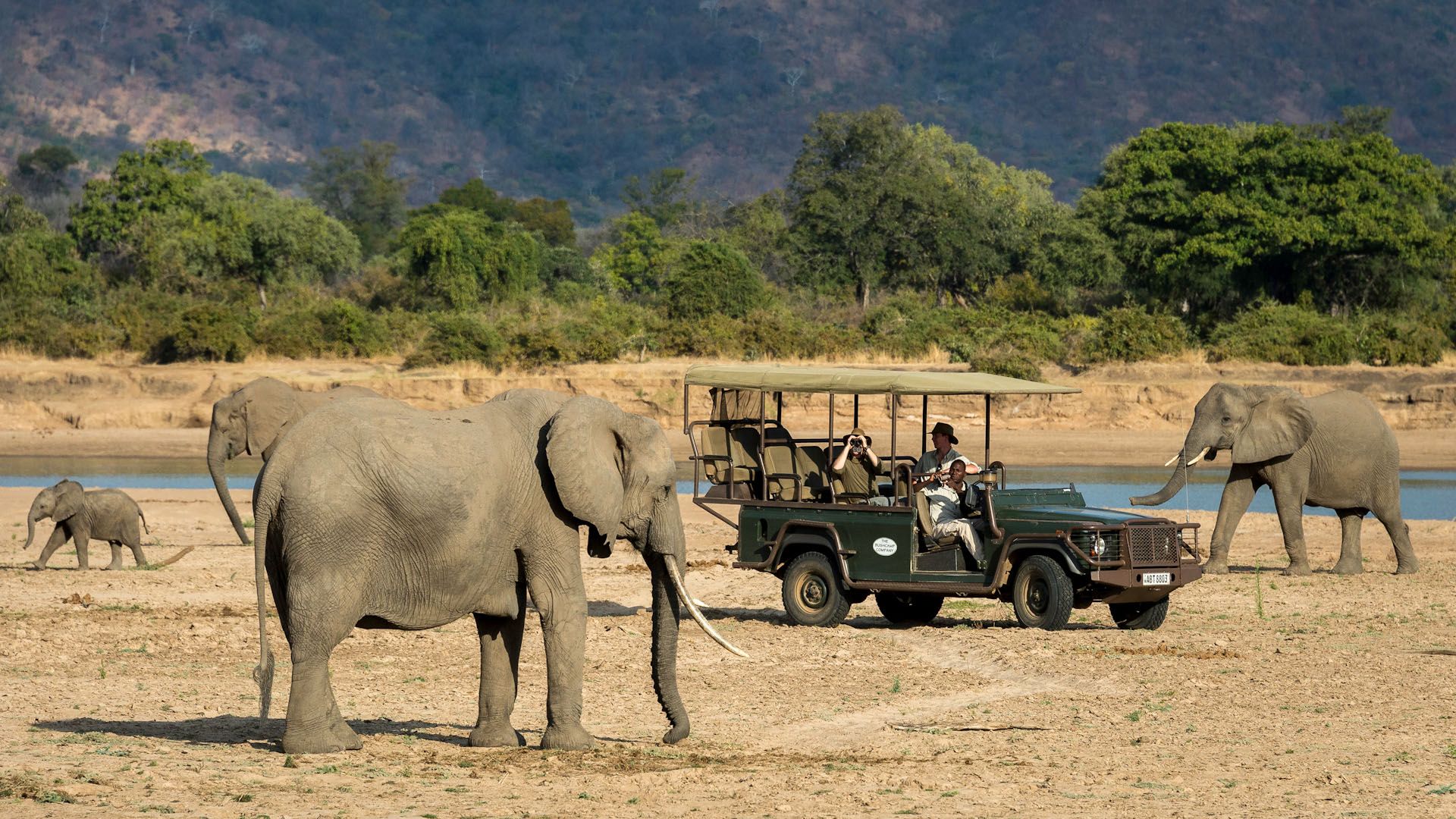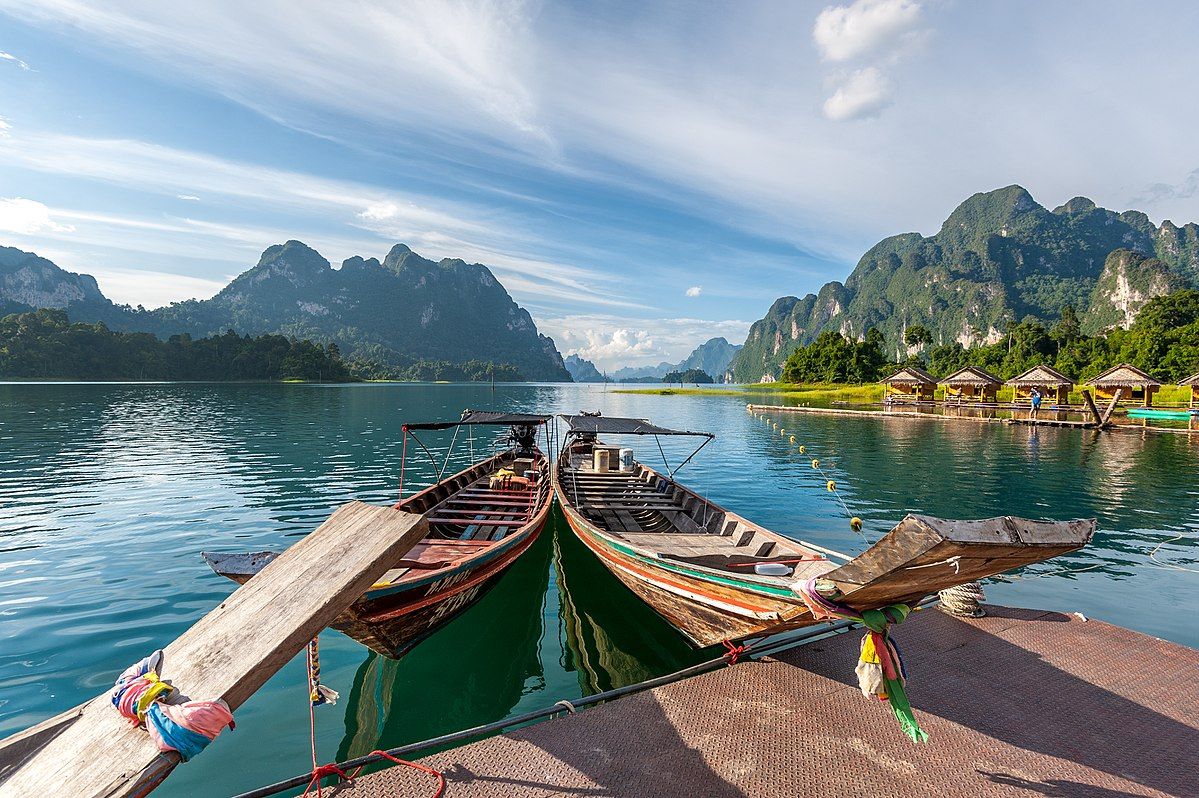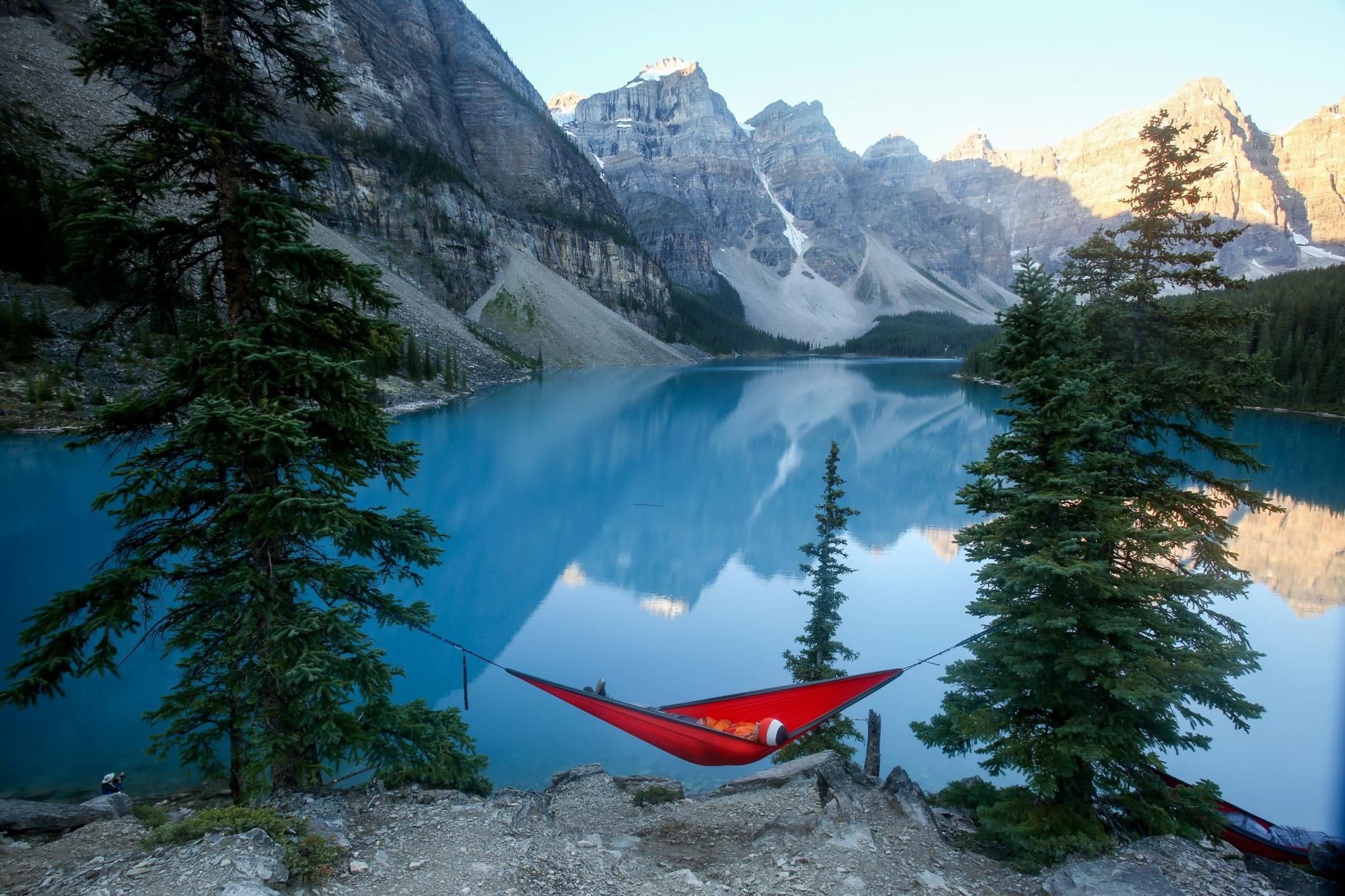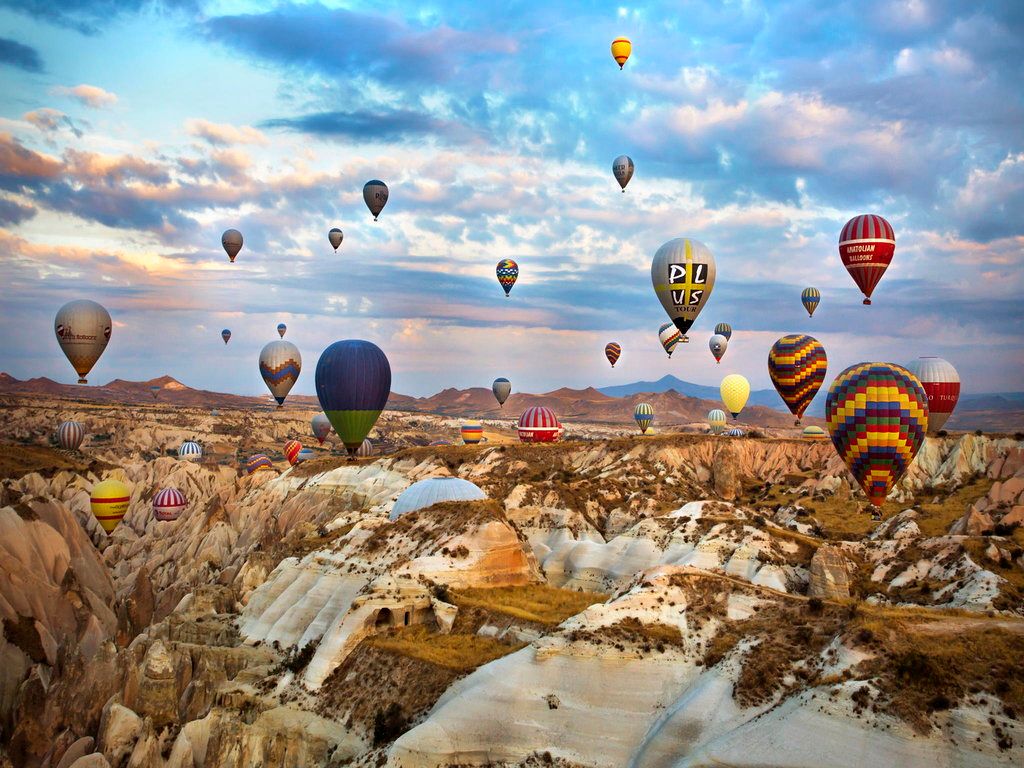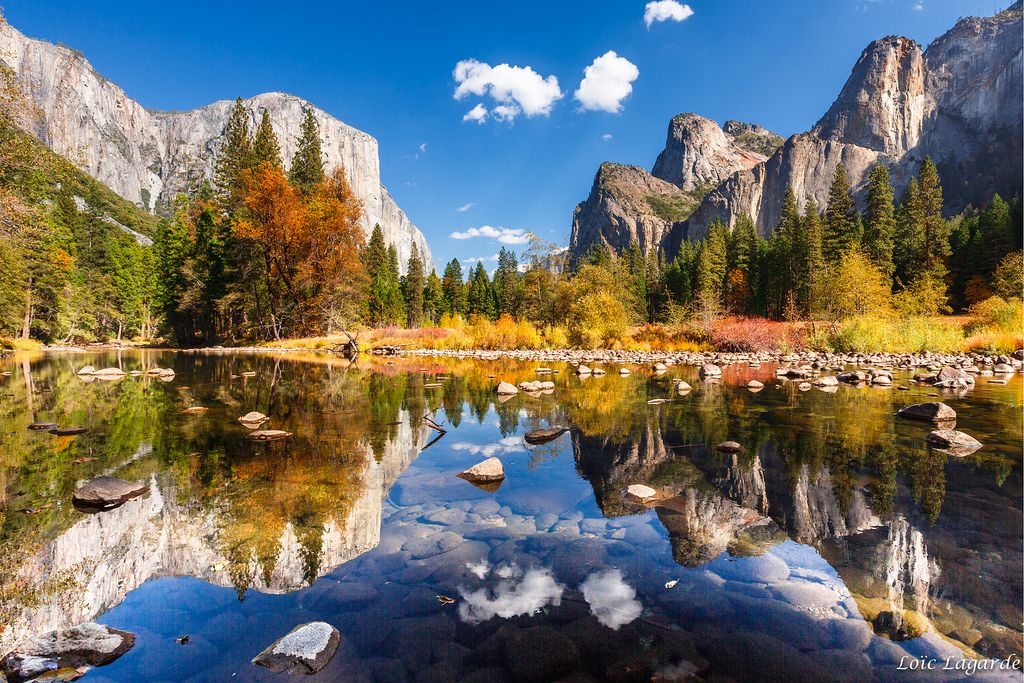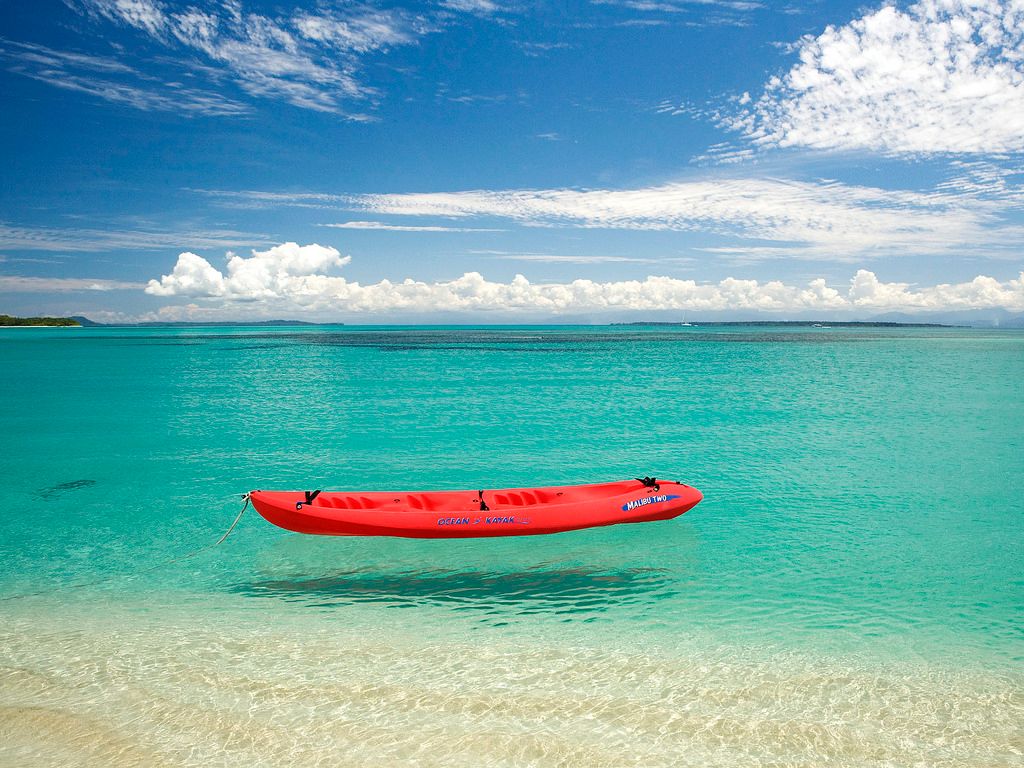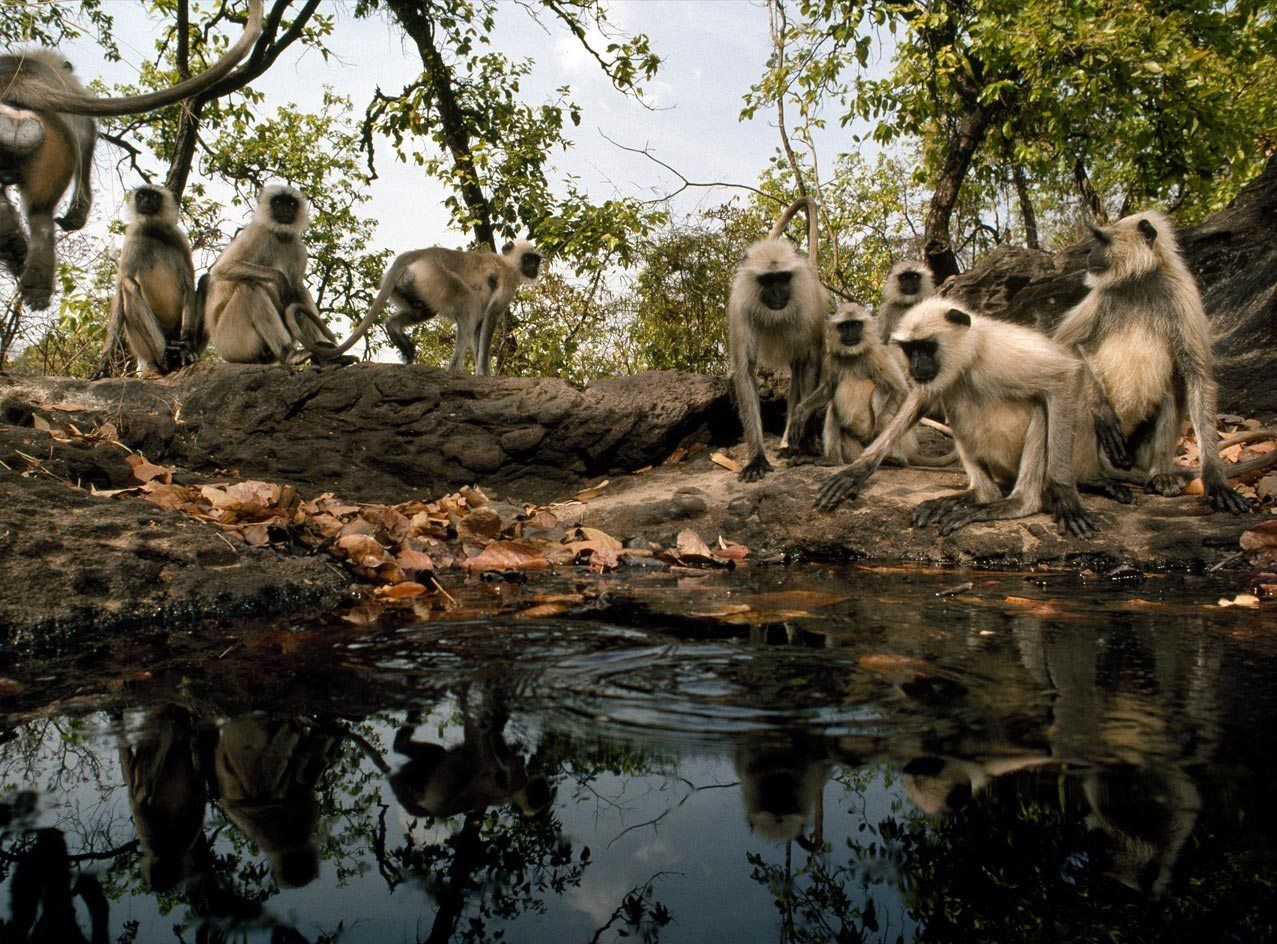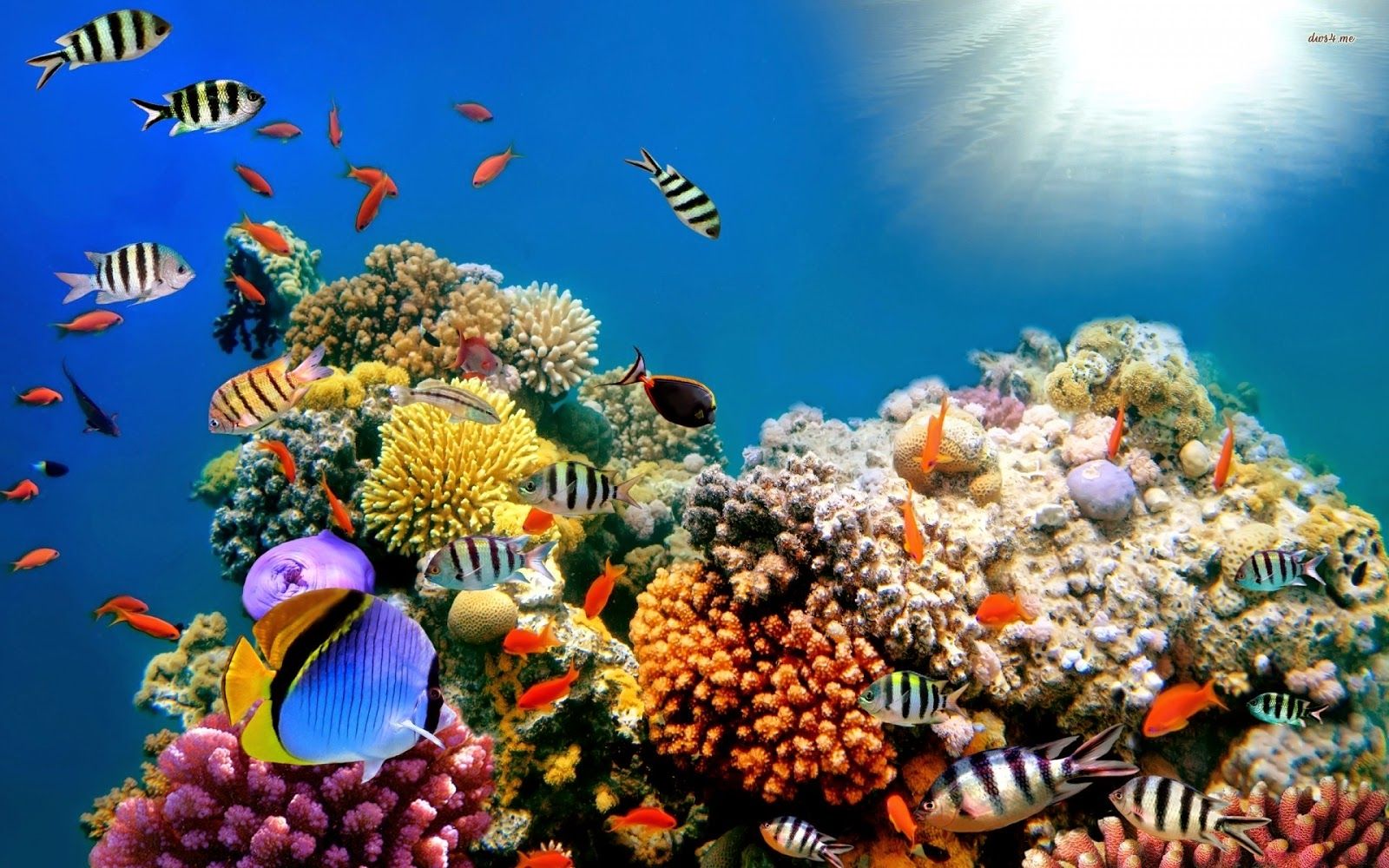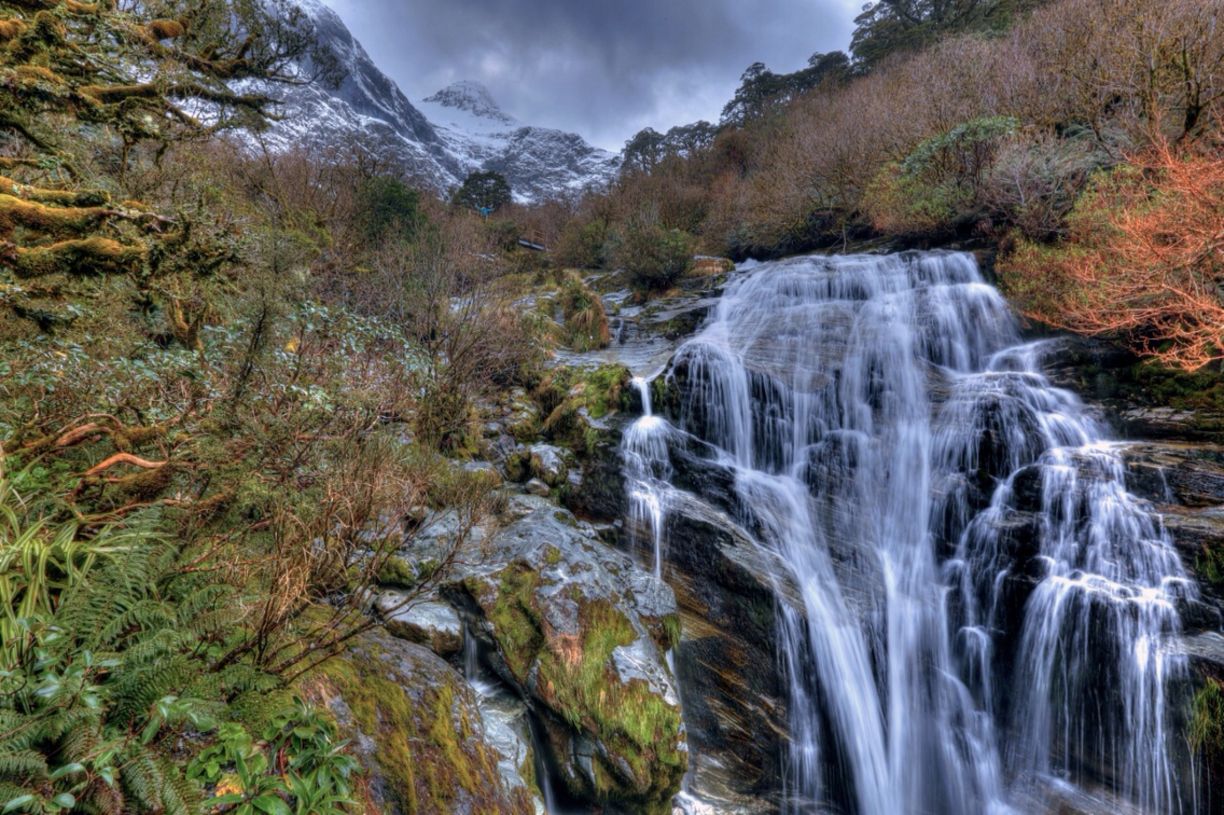According to the Cambridge Dictionary, a nature reserve is "an area of land that is protected in order to keep safe the animals and plants that live there, often because they are rare". Also known as national parks, they're established to make sure that the next generations are going to see the incredible diversity of plants and animals inhabiting our planet.
There are numerous nature reserves and national parks all over the world. Some of them aim to protect certain species of wildlife inhabiting the area, while others mainly preserve the vegetation. But many parks protect both. To ensure the preservation of biodiversity, a lot of national parks are given the UNESCO World Heritage Status.
Naturally, almost any nature reserve in the world can show something interesting to its visitors. The landscapes of some of them have unique features that can't be found anywhere else in the world. For example, only the Göreme National Park has chimney rock formations, giant tortoises can hardly be seen anywhere else but the Galapagos National Park, and sunset observed in the Namib-Naukluft National Park has no equals.
By visiting nature reserves, you can see how magnificent our planet is. You'll see breathtaking views, hike in the mountains, explore the rainforests, and gaze at the pristine lakes and rivers. The hardest thing about visiting national parks is to choose which ones you should visit first, because there're so many of them out there in the world. So we're here to help you and give you the list of 25 nature reserves that you should certainly visit at least once in your lifetime. Be sure to add them to your Bucket List!
25 Zhangjiajie National Park, China
China's first national forest park, Zhangjiajie was recognized as a UNESCO World Heritage Site in 1992. This incredibly beautiful location served as an inspiration to a lot of Chinese painters, who liked to paint this surreal landscape and turned it into a trademark of China, as well as film directors, including James Cameron himself, who created Pandora's peaks in his movie Avatar after seeing the park's quartz-sandstone pillars. It's interesting that one of the park's pillars was named after the film shortly after the premiere. Now it's called Avatar Hallelujah Mountain.
24 Fuji-Hakone-Izu National Park, Japan
Established in 1936, the Fuji-Hakone-Izu National Park is one of the first national parks that appeared in Japan. Visitors can find a number of geographic features in the park, such as over 1000 volcanic islands, hot springs, mountains, lakes, and coastlines. The biggest point of interest there is Mount Fuji, the largest peak in Japan and an active stratovolcano. It's also recommended to visit the Izu Islands that serve as a great spot for diving and the Hakone area, where you can take a look at the Botanical Gardens of Wetlands.
23 Serengeti National Park, Tanzania
The Serengeti National Park is mostly famous for the annual migration of zebra and wildebeest. It's also home for the Maasai Mara people. Since the park has an amazingly rich flora and fauna, it was given the UNESCO World Heritage Site status in 1981. Numerous people come to Tanzania every year to experience the African safari in this park and see numerous wild animals with their own eyes.
It's interesting that the name of the park derives from the Maasai word "siringet", which means "the place where the land runs on forever."
22 Krka National Park, Croatia
The Krka National Park attracts numerous visitors due to its stunning waterfalls with crystal clear water, lush forests, lavender fields, and old monasteries. This park has a diverse flora and fauna that you can explore, if you decide to visit it. Besides, you may also swim in the waterfall, hike, take a sightseeing tour or a boat trip to the island of Visovac, visit a museum or a presentation, go to souvenir shops, or spend your time at a restaurant overlooking the wonderful nature of Croatia. The choice is yours!
21 Arenal Volcano National Park, Costa Rica
Would you like to see an active volcano with lava pouring down its sides? And would you like to take a walk in a lush tropical forest? You can do both in the Arenal Volcano National Park! Moreover, you can also find a number of hidden waterfalls there, swim in hot springs, and explore the rich flora and fauna. And if you like to watch birds, this place will feel like a paradise to you, because most of the 850 species of birds living in Costa Rica are found in the Arenal Volcano National Park!
20 Białowieża Forest, Poland and Belarus
Situated on the border of Poland and Belarus, Białowieża Forest is considered the largest forest in Europe. It's over a thousand years old and it still remains almost untouched. Białowieża, or as they call it in Belarus, Belovezhskaya Pushcha, is home for a number of animals, including deer, bison, elk, and wild boar. The forest is listed as the UNESCO World Heritage Site, partly because it allows you to imagine how the prehistoric Europe looked like, if you're walking in it. But be careful and don't walk too far, or better, take a guided tour.
19 Galapagos National Park, Ecuador
The Galapagos National Park features one of the most unique ecosystems in the world. Protected by the UNESCO World Heritage Status, it has the wildlife you can't see anywhere else on our planet. You'll find iguanas and giant tortoises, as well as numerous other animals, and, if you want, you can swim around the coral reefs. The biodiversity of this archipelago will amaze you and you might even start looking at the world differently. After all, this exact place inspired Charles Darwin to come up with the Theory of Evolution, so who knows what inspiration you're going to find there.
18 Zahamena National Park, Madagascar
Established in 1997, this large park is listed as part of a UNESCO World Heritage Site, Rainforests of the Atsinanana. Over 100 species of birds, 60 species of amphibians, 48 species of mammals, and 46 species of reptiles live in the Zahamena National Park. Its flora is also diverse as the park features some of the finest rainforests in Madagascar. About 99% of the park's territory is covered by tropical forests and you can also see 60 species of orchids, 20 species of palms, and over 500 species of woody plants. A lot of species found in Zahamena are endangered, so they're actively protected today.
17 Snowdonia National Park, Wales, UK
Snowdonia National Park in Wales is the place for people, who like to explore the unique cultures and travel along the rugged land of rocky mountains. It is also the ultimate destination for those, who enjoy mountain biking.
Established in 1951, Snowdonia National Park became the third national park in Great Britain. It has a large area of 827 square miles (2,140 square kilometers) that's mostly covered with mixed deciduous trees, such as Welsh oak, birch, and hazel. The park is inhabited by such rare species of mammals and birds as otters, pole cats, osprey, merlin, red kite, and many others.
16 Northeast Greenland National Park, Greenland
The world's largest national park and largest protected area, the Northeast Greenland National Park was established in 1974. Its area is the whooping 375,000 square miles (900,000 square kilometers). Most of this area is covered by the perennial ice, which offers the stunning landscapes you can't see anywhere else in the world. The park is inhabited by a number of animals, including musk oxen, polar bears, seals, arctic foxes, walrus, whales, and narwhals.
The park has no permanent human population, other than the people living in military bases and research stations located there.
15 Iguazu National Park, Argentina And Brazil
Located on the border of Argentina and Brazil, the Iguazú National Park (in Brazil it's called the Iguaçu National Park) features some of the most beautiful waterfalls on the planet. Visit it to get an unforgettable experience, explore the 2000 species of plants growing there, and witness the roaring waterfalls. The park's fauna is diverse and it includes some of the endangered species, such as jaguar, jaguarundi, tirica, anteater, harpy eagle, ocelot, and others. Both Argentinian and Brazilian parts of the park are protected by the UNESCO World Heritage Status since 1984.
14 Kafue National Park, Zambia
The Kafue National Park is the second largest national park in Africa. Even though it was established back in 1924, part of it still remains unexplored. Various types of wildlife inhabit the park and some of the visitors say that it's the best place to see leopards, as well as cheetah, crocodiles, elephants, antelopes, hippos, and African wild dogs in their natural habitat. Some of the species can be found all over the park, while others only inhabit certain regions. The authorities are working to preserve the species and protect them from poaching.
13 Khao Sok National Park, Thailand
The largest virgin forest area in southern Thailand, the Khao Sok National Park has the rainforest that's considered more diverse and older than the world-renown Amazon Rainforest. This park features stunning sandstone and mudstone rocks, as well as limestone mountain range. The highest peak of the park reaches 3,110 feet (950 meters) above the sea level. The wettest region in Thailand, it gets heavy rainfall and erosion that contributed to the creation of large karst formations.
Come to the park to do some hiking, canoeing, and rafting, or to explore its incredibly rich biodiversity.
12 Banff National Park, Canada
Banff National Park is one of the most famous national parks in Canada and there's a reason to it. The towering peaks of the Rocky Mountains, pristine mountain lakes, massive glaciers, and fascinating biodiversity inhabiting the park attract numerous tourists, who want to see the best features of the North American wildlife in a single place.
Visit the oldest park in Canada to watch the birds, hike, climb the mountains, do some water sports, or simply unplug from the outside world and contemplate the beautiful landscapes around you.
11 Göreme National Park, Turkey
Located in the town of Cappadocia, Göreme National Park was added to the UNESCO World Heritage List in 1985. This incredible place features the fairy chimney rock formations, ancient Byzantine cave frescoes, rock homes, and even underground cities. The landscape you're going to see in this park is unlike anything else you've seen in the world.
Exploring this area, you can make a competition with your friends and see who can name more associations with the rock formations. Take a close look and you'll see snakes, camels, dolphins, and even dragons in some of them!
10 Yosemite National Park, USA
The best time to visit the famous Yosemite National Park is spring. This is the time when flowers are blooming all over the place there. Or, if you prefer to see the scenic multicolored leaf fall, go there in autumn. You'll certainly enjoy seeing its pristine mountain lakes, gazing at the snowy peaks, and walking along the pine forests.
In 1984, the Yosemite National Park was designated as UNESCO World Heritage Site for its granite cliffs, clear streams, giant sequoia groves, stunning landscapes, and biological diversity. Come to the park at least once in your lifetime to do some of the numerous activities available there.
9 Isla Bastimentos National Marine Park, Panama
When we think of natural reserves, we usually imagine forests, mountains, and parks. But, in fact, islands, beaches, and riffs also need protection. For this reason, there are places like Isla Bastimentos National Marine Park, where you can enjoy the clear waters and white sandy beaches.
This marine reserve was established in 1988 and became the first national park in Panama. It features thousands of species of plants and animals, including mangroves, sea turtles, monkeys, sloths, crocodiles, as well as numerous birds, reptiles, and amphibians. Some of these species are endangered.
8 Bandhavgarh National Park, India
The Bandhavgarh National Park is known as the best place for tiger-spotting in Asia. The park is divided into four zones - Tala, Magdhi, Khitauli, and Panpatt, and Tala is the one, where you can see the biggest number of these nobles animals.
Bandhavgarh received the legal status of a national park back in 1968. However, at first this status was given only to the Tala zone. In 1993, all other zones were added to the nature reserve, as well. The flora of the park features mixed deciduous forest and bamboo thickets and its fauna includes numerous species of mammals, birds, reptiles, and insects.
7 Great Barrier Reef Marine Park, Australia
The Great Barrier Reef is the largest marine reserve in the world. Its area is 132,806 square miles (343,966 square kilometers). The UNESCO World Heritage Site, it provides habitat for multiple animals and plants. It's being actively protected these days, due to the climate change, to preserve its unparalleled biodiversity.
There're two ways to explore the Great Barrier Reef. You can do it by sea, snorkeling or diving to see the diverse marine life. Or, if you don't like this idea, you can also explore it by sky, gazing at the colorful coral formations from above. Either way, you'll never regret seeing this beauty.
6 Fiordland National Park, New Zealand
The largest national park in New Zealand, Fiordland National Park is a major part of the Te Wahipounamu World Heritage Site. Any person will find something they like in this nature reserve. There are roaring waterfalls and silent fjords, towering peaks and lush forests, pristine lakes and stunning coastlines.
If you go there, you can explore the rich wildlife of the national park, take a boat tour, go hiking or climbing. But be careful and check the weather report, especially if you plan to explore the remote tracks, because there's a risk of flooding and free falls.


